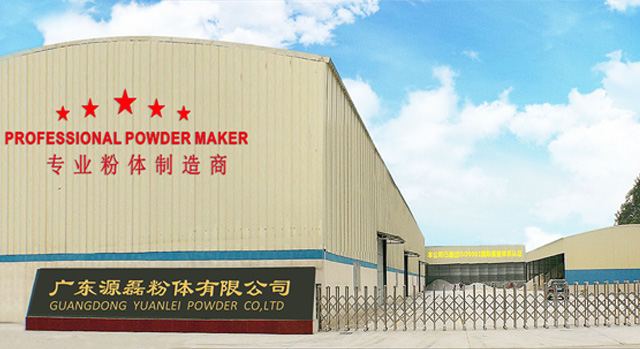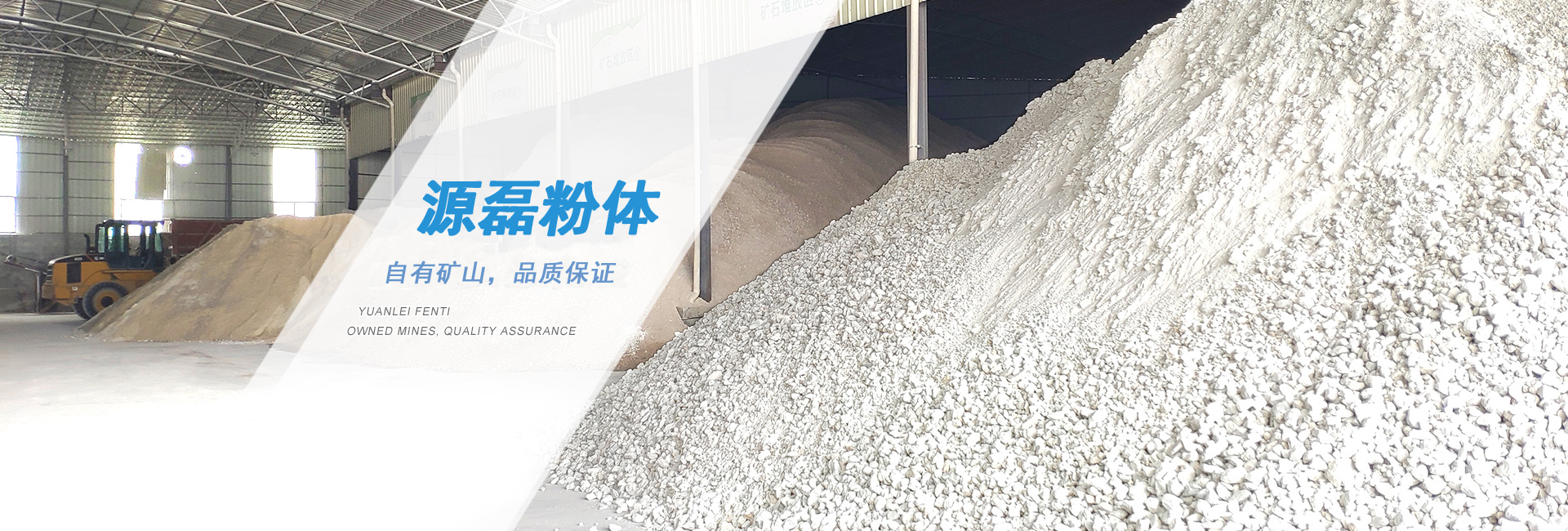Tel:+86-0757-22910350
Add: 2 1701 Shunde Science and Technology Innovation Center, Ronggui Town, Shunde District, Foshan City, Guangdong Province
Production Base: Guangdong Hengmeiyuan Nanotechnology Co., Ltd.
Add: Derun Logistics Industrial Park, Hetang, Jiangmen City, Guangdong Province
CONTACT US
©2019 Guangdong yuanlei powder co., LTD.,
NEWS
Company news
Industry news
Technology exchange
Yuan Lei's Little Knowledge | Summary of the Application and Common Problems of Kaolin in Rubber and Plastic Materials
Application of Kaolin in Rubber and Plastics
1、 Introduction to Kaolin
Kaolin (clay) is an important non-metallic mineral, and is one of the four major non-metallic minerals along with mica, quartz, and calcium carbonate. Kaolin is mainly composed of small, sheet-like, tubular, and laminated kaolinite cluster minerals (kaolinite, dickite, perlite, halloysite, etc.) smaller than 2 microns. The ideal chemical formula is AL2O3-2SiO2-2H2O, and its main mineral components are kaolinite and polyhydrate kaolinite. The chemical composition of kaolin contains a large amount of Al2O3, SiO2, a small amount of Fe2O3, TiO2, as well as trace amounts of K2O, Na2O, CaO, MgO, etc.
2、 Physical and chemical properties of kaolin
The Mohs hardness of kaolin is 1-2, and some minerals can reach 3-4. The specific gravity is 2.58-2.60, and the fire resistance is 1770-1790 ℃. Pure kaolin has high whiteness, soft texture, easy dispersion, good suspension, good plasticity and high adhesion, and excellent electrical insulation performance; It has good acid solubility, low cation exchange capacity, good fire resistance and other physical and chemical properties. Therefore, kaolin has become an essential mineral raw material for dozens of industries such as papermaking, ceramics, rubber, chemical industry, coatings, medicine, and national defense. The percentage content and various properties of silica and alumina in the calcined kaolin are much better than those of natural kaolin.
3、 Application of Kaolin in Rubber and Plastics
1. Application of kaolin in plastics
It can increase the glass transition temperature, tensile strength and modulus, as well as insulation performance. Kaolin acts as a nucleating agent in polypropylene, which can improve its rigidity and strength; It can play a role in blocking infrared radiation in plastic films (such as PE); Adding 5-8 parts of modified calcined kaolin to the plastic sheath material of PVC high-voltage cables can improve the volume resistivity of the cables; At the same time, kaolin also has an anti settling effect. In the past, antimony trioxide powder was generally used as a flame retardant in the production of flame-retardant copper-clad panels. Due to the high density of antimony trioxide, it is easy to settle in the adhesive material. Therefore, adding a certain amount of kaolin can prevent settling, and it can also partially replace antimony trioxide. After adding a certain proportion of kaolin, the flame-retardant white quenching time of copper-clad panels reaches Fvl level, It partially replaces and reduces the cost of flame retardants.
2. Application of Kaolin in Rubber
The use of kaolin fine powder instead of light calcium in the production of rubber pipes can meet the main technical indicators such as tensile strength, elongation at break, permanent deformation at break, and Shore A-type strength, all of which meet the relevant standard requirements. Meanwhile, as the particle size of kaolin fine powder decreases, its reinforcement improves and its performance is superior to that of light calcium. Adding kaolin to the rubber material makes it easy to mix and is also conducive to the dispersion of carbon black in the rubber material. The surface of the rubber material also appears smooth and soft, and the finished product surface is delicate and smooth.

4、 Summary of common problems with kaolin
1. Kaolin can be used together with antimony trioxide to achieve synergistic flame retardancy. What is the role of kaolin?
Answer: Firstly, the synergistic use of kaolin and antimony trioxide is mainly to maintain the original quality inspection foundation, add kaolin, and reduce costs. Secondly, the composition and properties (neutral) of kaolin determine the synergistic flame retardant effect, and the effect of antimony trioxide remains unchanged.
Secondly, kaolin is composed of silicon dioxide and aluminum trioxide, and its structure and stability are close to inert. It does not react with any acid or alkali, and its pH value is neutral. Kaolin itself has a flame retardant effect, but its effect is not as obvious, so it is only a synergistic flame retardant. In fact, antimony trioxide plays the most important role, while kaolin plays a cost reducing role, and the effect remains unchanged.
2. The customer produces rubber using kaolin currently available in the market, but the resulting product has yellowing. However, without adding kaolin, this problem does not exist. What is the situation? Do we have any suitable product recommendations?
Answer: The scope of action of kaolin is very broad, and whether it undergoes yellowing depends on the type and design formula of the gel, as well as the amount of kaolin added. Because Jinyang is calcined at normal temperature, its compatibility with some gel types is not good. The main yellowing is not the yellowing of kaolin itself, but rather the stabilization of kaolin, affecting the original system and even the function of some powders. My personal experience and suggestion is to use low-temperature calcined soil or low-temperature surface treatment soil, which will have a better effect.
3. The customer is making heat shrink tubing and currently mainly uses magnesium hydroxide. During flame retardant combustion testing, there may be some clay like viscosity, which is not the effect of magnesium hydroxide. The customer suspects that kaolin may have been added. How can we solve this problem?
Answer: Firstly, according to our technical analysis, it is normal to have kaolin components. Firstly, consider the impact of the presence of kaolin on the product. If the impact is significant, only pure magnesium hydroxide can be considered; If there are no changes, mixed use can be considered, after all, cost considerations.
Secondly, it has the characteristic of improving viscosity, but it depends on the medium. Kaolin itself is also known as clay or clay. If the same medium is used, the viscosity of kaolin is higher than that of some powders. However, to improve the viscosity, external forces such as additives are needed. Kaolin will not undergo any changes below 1300 degrees. If only kaolin is used to improve, there will be some effect, but whether it can meet the requirements needs to be further verified.
When kaolin is calcined, the crystalline water is removed, and the moisture content of the finished product is only 0.1%. The same kaolin, as the calcination temperature changes, its properties will also change, which will produce different effects. In addition, surface treatment will have more performance. There have been no exact experiments on the degree of decomposition of kaolin, but we have conducted experiments before and found that there was still little change in the calcination temperature at 1800 degrees, but all the properties almost disappeared and turned into pure mullite.




